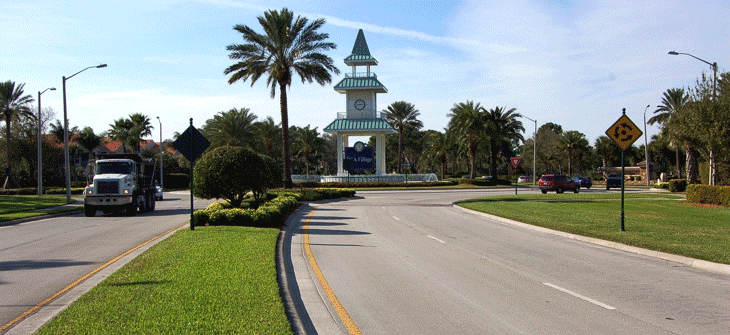Florida Roundabouts

605 Suwannee Street
Tallahassee, FL
32399
Tel: 850-414-4100 Fax: 850-414-5201
E-Mail Us
Additional Contacts Staff Directory
Welcome
The Florida Department of Transportation (FDOT) is actively promoting the installation of modern roundabouts throughout the state highway system due to their proven safety and operational benefits. Currently, there are approximately 20 roundabouts operating on the state highway system and over 300 roundabouts on local roads throughout the State. For many people, roundabouts are a new concept. This requires a tailored public involvement approach and a combined education and communications strategy. This site is designed to provide the traveling public, FDOT staff, and consultants with the tools and resources to help them work together and assist with the development of roundabouts. More...
Resources | How to Use a Roundabout |
Benefits of Roundabouts |

